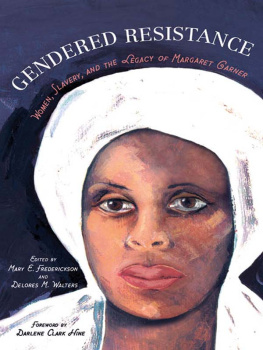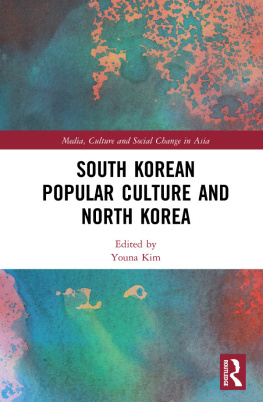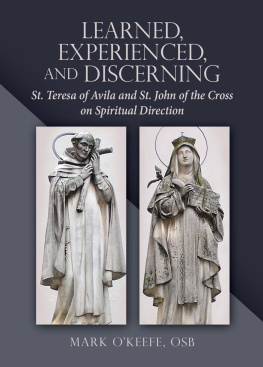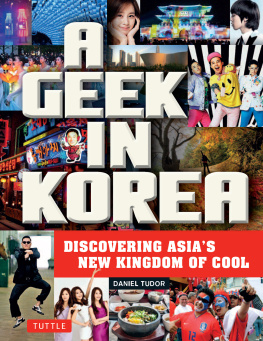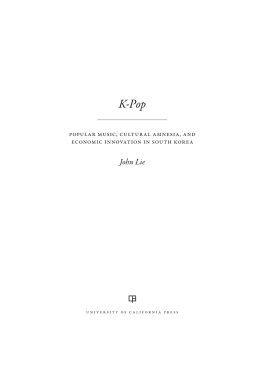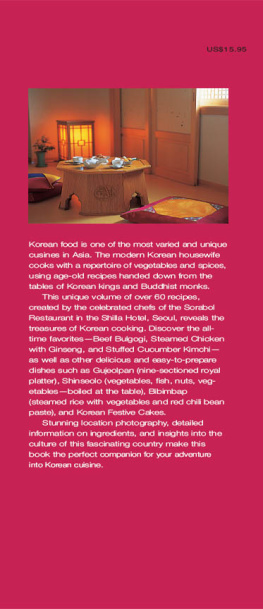SoKoDiaries: Culture Shock
B yNailah Harvey
SmashwordsEdition
Copyright 2013
This book islicensed for your personal enjoyment only. This book may not bere-sold or given away to other people. If you would like to sharethis book with another person, please purchase an additional copyfor each recipient. If youre reading this book and did notpurchase it, or it was not purchased for your use only, then pleasepurchase your own copy. Thank you for respecting the hard work ofthis author.
Smashwords Edition ,License Notes
This ebook islicensed for your personal enjoyment only. This ebook may not bere-sold or given away to other people. If you would like to sharethis book with another person, please purchase an additional copyfor each recipient. If youre reading this book and did notpurchase it, or it was not purchased for your use only, then pleasereturn to your favorite ebook retailer and purchase your own copy.Thank you for respecting the hard work of this author.
SoKoDiaries: Culture Shock
By Nailah Harvey
SmashwordsEdition
Acknowledgements
As always, I would like to thank God for the gift ofwriting and everything else.
To my cousin, L.Divine, I thank you for paving theway in our family and for ambitious authors like myself. You set apretty high standard. I appreciate you imparting your wisdom in mywriting career as well as my life; it not only shows how great ofan older cousin you are, but it shows how passionate of a writeryou are. FYI, your Drama High Book Series are classics in mydiverse book collection.
Dedication
I dedicate this book to my Botts boys: Derrick,Darnell, Daryl, Daron and DRon. You guys are more like olderbrothers than cousins. Each of you hold a very special place in myheart.
Table of Contents
Chapter 1:Engrish
Imagine a language without definitiveconsonantswelcome to Korean 101. At arbitrary times, there is noL sound in the Korean language, so the word English sounds likeEngrish. The R sound replaces the L sound. In fact, therewere consonants from the spoken English language that simply didntexist in the Korean language. The most noticeable missingconsonants are /r/, /f/, and /v/. The word Engrish is not theword with a replacement consonant. For example, the /f/ sound inthe word phonics is pronounced ponics. The /v/ sound in the wordvase would be pronounced as base. Other missing consonants arethe // and //, or the /th/ sound, in the words that andtithes. In this case, these two words would be pronounced tat andtides.
In Korean grammar, a word cannot end in aconsonant. So, Koreans add vowel sounds ie and uh to the end ofwords that that typically end in a consonant sound. Bread, forinstance, would be pronounced as bread-uh. This plays intosyllable pronunciation. Koreans harshly pronounce syllables in theEnglish language. If the word English is not pronounced asEnglishie, then it is definitely pronounced asEng-uh-lish-ie.
What is the difference between Engrishand Englishie? Well, Engrish simply replaced the consonantL with the consonant R. Along with consonant replacements,consonant pronunciations are equally important to understanding theKorean language. The sh sound is pronounced as shhhh like bequiet in the English language, but not so much in Korea. Instead,the sh is pronounced as shi. Hence the pronunciation of theword English as Englishie. Fish and trash are also fishie andtrashie. I would often hear No Englishie from myneighbors, store clerks and other native Koreans when I spoke in mynative language. That is, of course, if I didnt hear NoEngrish.
Along with the inexistence andmispronunciation of some English consonants, words ending inconsonants are paired with a vowel sound as if the consonant soundisnt complete. In the Korean grammar system, they arent. Forexample, desk is pronounced desk-uh. Along with desk comes wordslike hand-uh (hand) or feet-uh (feet). These words are alsopronounced as Hen-uh (hand) and Peet-uh (feet). No ending dsound or f sound. The vowel sound is added at the end where itdoesnt exist to native English speakers. This pronunciationderives from the way the Korean language is written; all words endin a vowel sound. Therefore, all words are spoken with an endingvowel sound as well.
What if a word ends in a vowel? They shouldhave the same pronunciation in both languages, right? This is wronga lot of times. Ladies and gentlemen, I introduce you to the silente. In the English language, most words that end with the vowele do not have the /e/ sound. It is silent. In the Koreanlanguage, the letter e at the end of a word translates into theee sound. For example, change is pronounced as change-ee andorange is pronounced as orange-ee. Once I got used to thedifference in the Korean pronunciation, I thought that teachingproper English pronunciation would solve the problem of learningthe English language. That is until I started reading my studentswork and experiencing how they write.
Sentence structure is the core of all ESLteachers existence. It plays a huge role in the difference betweenthe English and Korean language. When Koreans speak English,certain consonants are replaced and vowel sounds are added, but thedisparity between the two languages is even more noticeable inwritten form. For instance, the Korean alphabet, hangul, caneither be written horizontally or vertically. As a native Englishspeaker, Ive been taught to write a sentence horizontally fromleft to right. Can you image my confusion over the journals that Igraded? Most sentences looked like this:
Today I went
to store and mom
buy me
gifts.
I struggled with teaching my students thatthis type of sentence structure is grammatically incorrectaccording to the English language. As you can tell from my exampleabove, prepositions and verb tenses werent really the main focusin my students sentences. I mean, I understood what the middleschool girls said ninety-seven percent of the time, but that threepercent really threw me for a loop. I must admit that sometimeswhen my students practiced writing English in their journals, Iplayed the role of a Grammar Soldier and I massacred the notebookpage with a bloody red pen. I didnt mean to. I just couldnt helpit.
Word splices were also visible in my Koreanstudents writing. A word splice is where a word is separatedwithout a dash between syllables on two different lines. Forexample, the word entertaining would be broken up where the rootword enter would be on one line, and taining" on the line below.It wasnt so much that Koreans thought entertaining was twowords, the word was just separated by its syllables; but that againis how the Korean language is written. Word splices were not onlyvisible in the classroom, but I noticed this writing style etceteraon food packages in grocery stores, street signs and party flyers.Sometimes I felt like Koreans made up their own grammar rules whenit came to English, but I knew this wasnt all true. Like anysecond language, English has written and unwritten rules that takestime for one to become completely comfortable with and fluentin.
~
Teaching English in Korea was difficult fortwo reasons. One reason being Konglish, which I will talk moreabout in the next chapter, and the other reason being the fact thatEnglish is a living language. Anything living changes. BecauseEnglish is a living language, it changes all the time. Plus it isbuilt on emotion and there is a lot of slang and dialect. Istrongly believe that English is more than a language, but aculture. Informal English, be it spoken or written, is everywhere.Its in songs, billboard advertisements and books, to name a few.My Korean students would often repeat lines that they heard inpopular songs that were not always grammatically correct, butcommonly used. Cases like these made it difficult for me, and otherESL teachers, to effectively teach proper grammar. Of course, Iwanted my students to be able to hold a conversation with theUnited States President and write an acceptable thesis for agraduate program, but I also wanted them to be able to conversewith a high school student or any person for that matter regardlessof age, occupation, education level or gender. Teaching English asa




